- Beehall always with you !
Royal jelly is a milky or pale yellow pasty substance secreted by the maxillary and tongue glands of 5-15 day-old worker bees. Royal jelly is slightly viscous in texture, but has a special fragrance. Royal jelly is the main food of the queen bee, as well as the food of the larvae of worker and drone bees. Because the queen bee consumes royal jelly throughout her life from the larval stage until death, and because it resembles mammalian milk, royal jelly is also called the milk of bees.
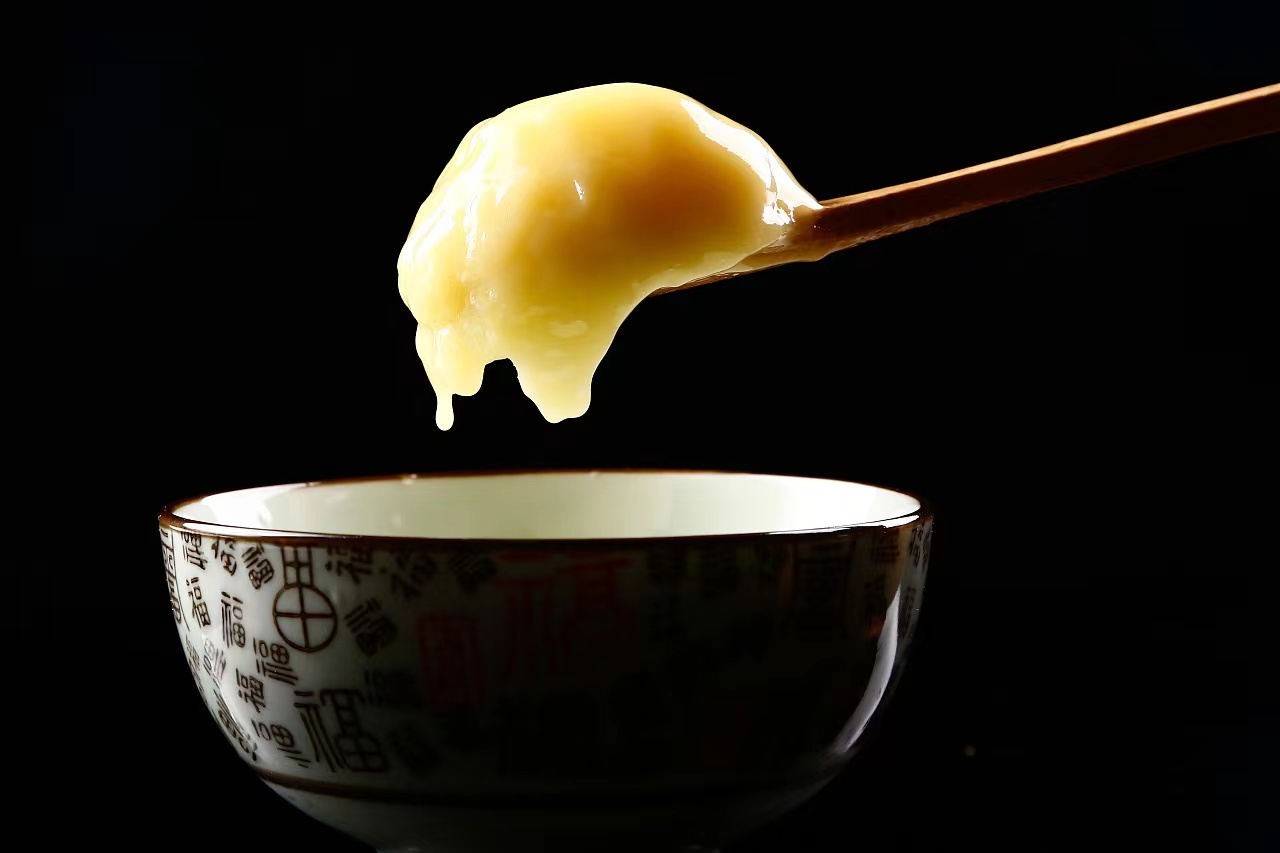
Royal jelly plays an important role in the growth of honey. Because only three days of royal jelly consumption can make the larvae develop into worker bees. And the queen bee who takes fresh royal jelly for a long time is about twice the size of the worker bee, the body color is brighter, and the demeanor is also better. The average worker bee's lifespan is 21 days, while the queen bee's lifespan is 5-7 years, which is enough to see that royal jelly is a miraculous food.
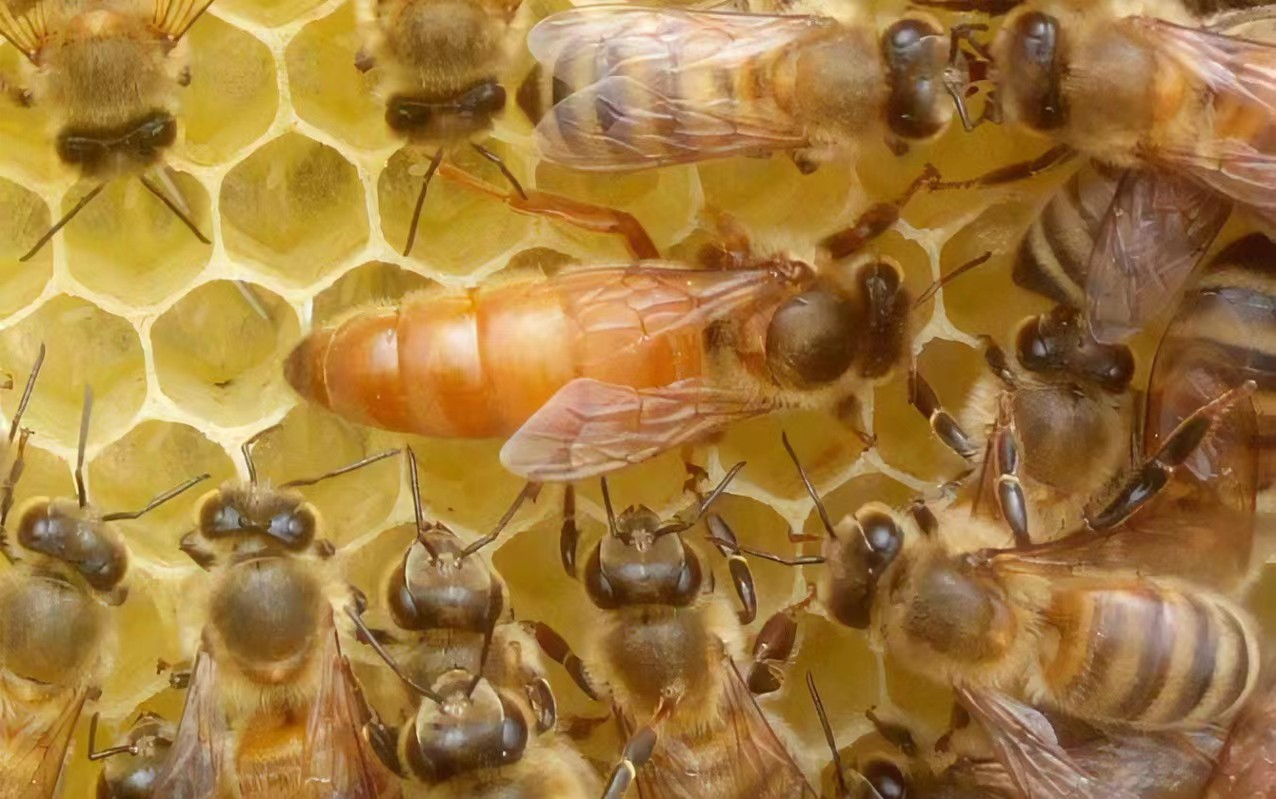
Of course, this magical food has always been loved by humans. In Eastern and Western countries, the application of royal jelly has a long history. In Yunnan, China, there has been a saying that royal jelly can cure all diseases. In the early Qing Dynasty in China, royal jelly was the top grade among the court tributes, exclusively for the emperor's consumption. In addition, in the western countries, the records of Alexander the Great and the travels of Marco Polo have detailed descriptions of royal jelly's curative and health care properties. Royal families and nobles in some countries regard royal jelly as a treasure and take it every day. It can be seen that royal jelly is a health food recognized by humans since ancient times.
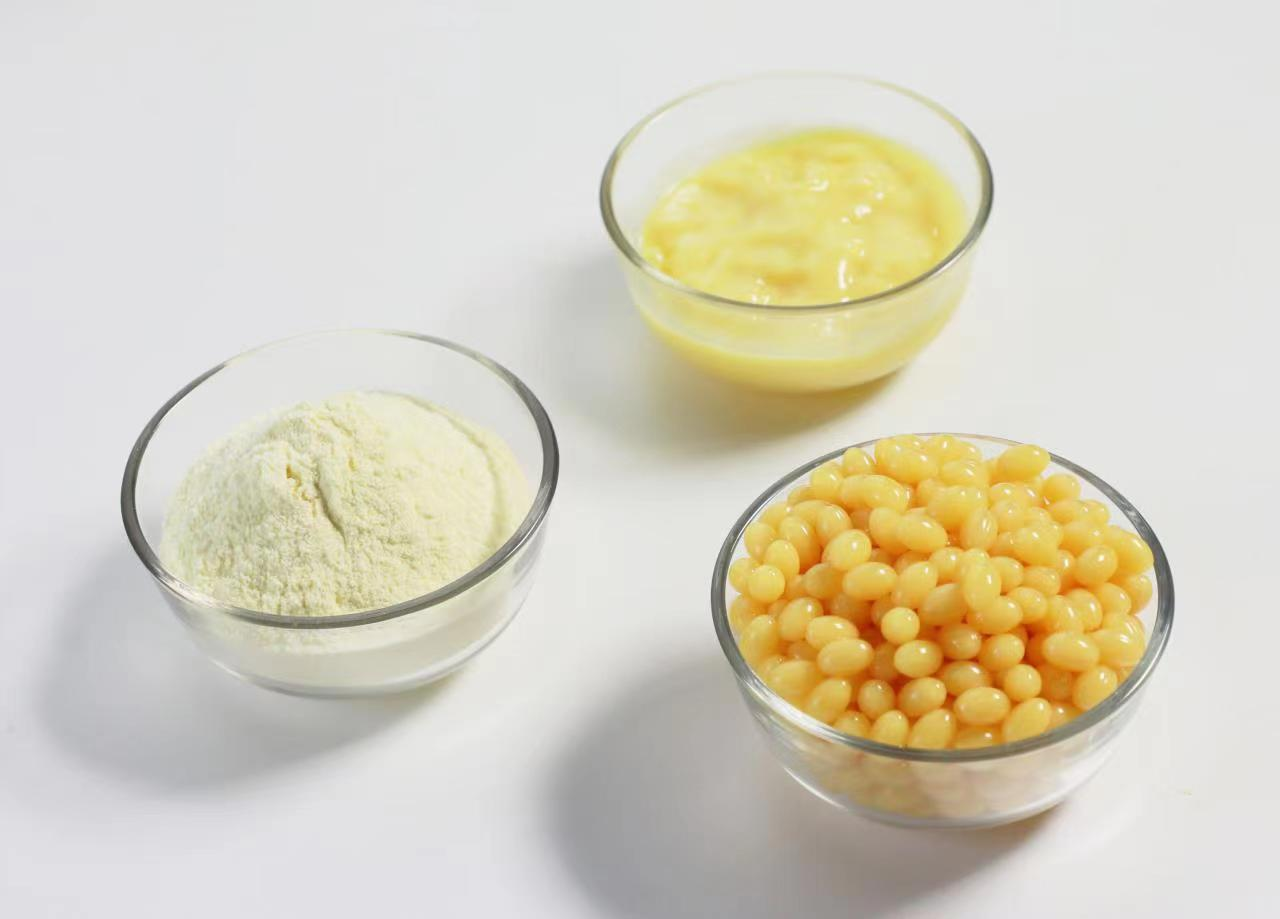
So, how is royal jelly collected?
The royal jelly collection process is very complicated. The royal jelly we eat is actually "cheated" by the beekeeper from the mouth of the little bee.
Worker bees feed their larvae by stacking royal jelly beside the larvae for the larvae to feed on themselves. In fact, the larvae live on the royal jelly. To get royal jelly, only through this way to get. However, the larvae of the worker and drone bees only ate royal jelly for 3 days, and the nature of the food was changed on the 4th day. In the first 3 days, the larvae of the bees are very small, and the amount of food supplied by the worker bees is also small, so the royal jelly taken from the larval room of the worker and drone bees is very small and uneconomical.
Then the most ideal is to take royal jelly from the queen set base, because the queen bee larvae use royal jelly as food during the whole development process, and the amount of royal jelly supplied by worker bees also greatly exceeds that of worker bees and drone larvae.
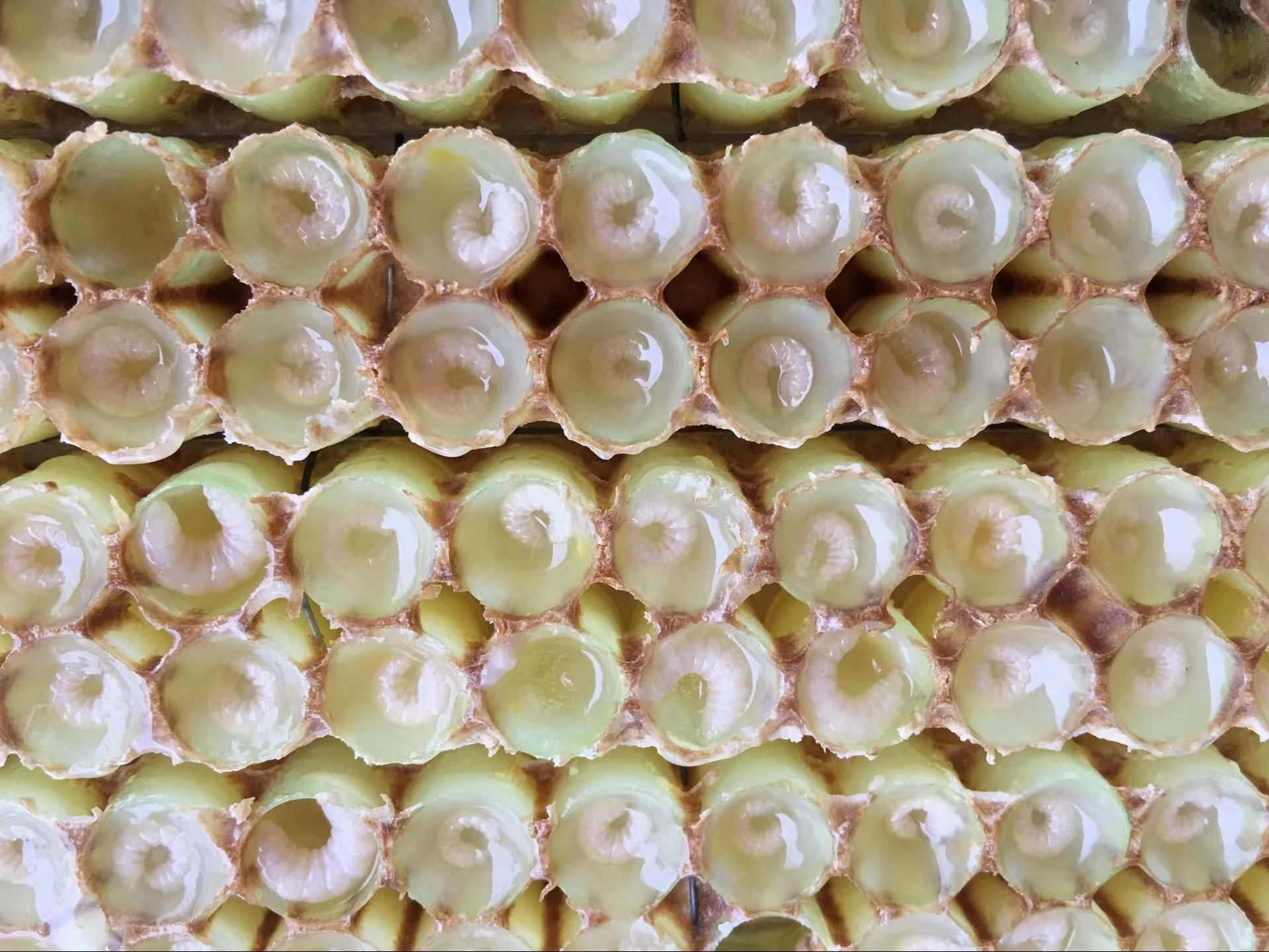
Therefore, according to this habit of bees, the beekeepers applied the principle of bionics to create many fake queen set base, and transplanted the small larvae of worker bees within 3 days of age into them. So that the worker bees secreted royal jelly into the fake queen set base. Then the royal jelly is taken out in about 68 hours to complete the production process. One queen set base can take 200-250 mg royal jelly. Thus, to collect one pound (500g) of royal jelly, nearly 2,000 fake royal platforms are needed.
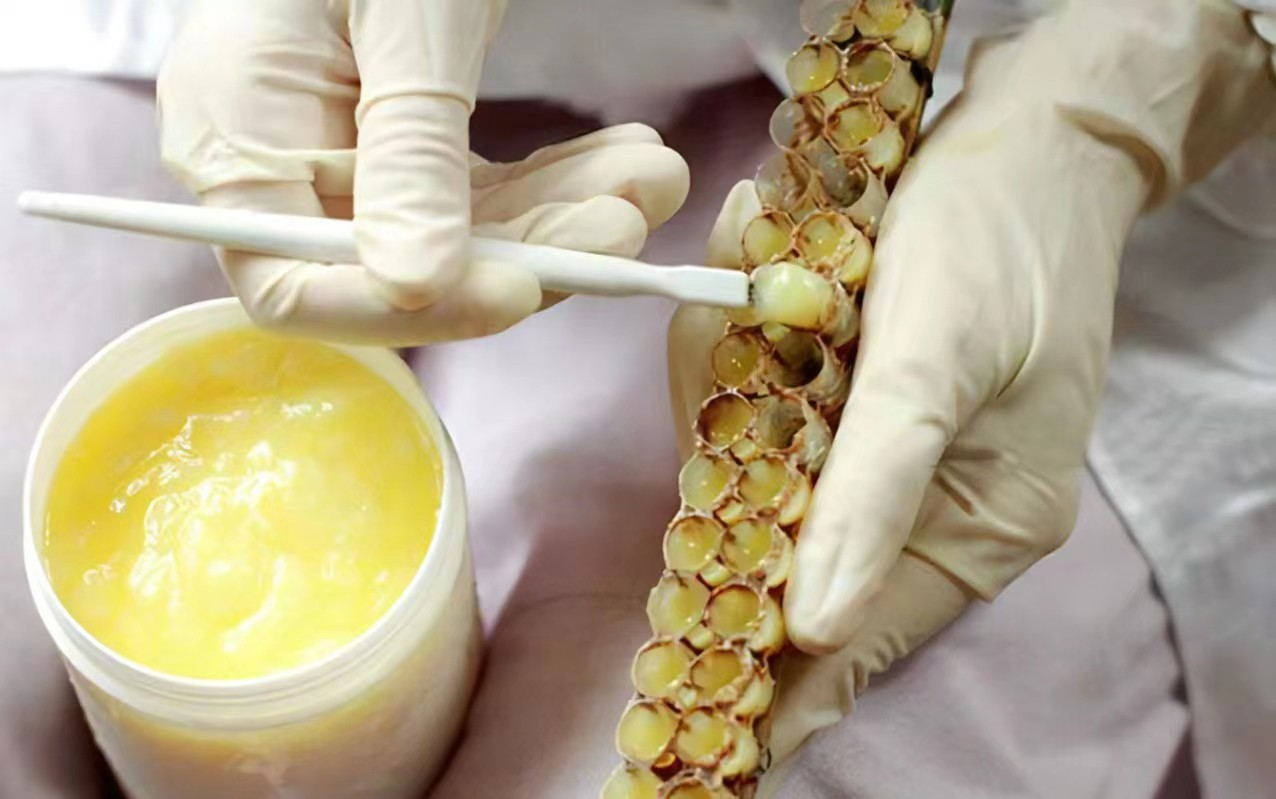
As a natural nutritional health product, royal jelly has immeasurable health care functions. Next time, I will introduce you the multiple functions of royal jelly.
 Hot News
Hot News2024-01-16
2023-11-28
2023-11-15
2023-10-26
2023-10-16
2023-10-11
 ONLINE
ONLINE